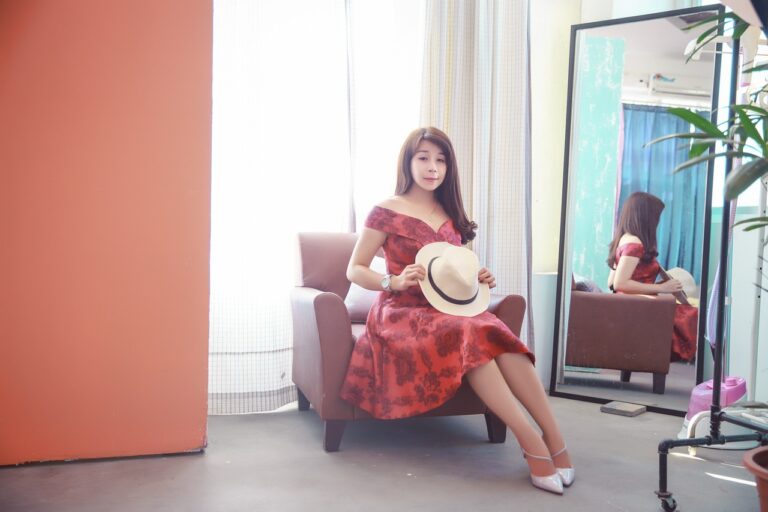Fashion and the Outdoors: Outdoor Apparel Trends and Sustainable Adventure Wear
In recent years, the intersection of fashion and the outdoors has been gaining traction as more individuals seek adventure and exploration in the great outdoors. As a result, outdoor apparel trends have evolved to cater to the needs and preferences of outdoor enthusiasts while also incorporating sustainable practices to protect the environment. This article will delve into the latest outdoor apparel trends and the rise of sustainable adventure wear, shedding light on how fashion is making its mark in the world of outdoor activities.
Performance Fabrics
One of the key trends in outdoor apparel is the use of performance fabrics that prioritize functionality and durability. Brands are increasingly turning to advanced materials such as Gore-Tex, Polartec, and eVent to create outerwear that is waterproof, windproof, and breathable. These fabrics are designed to provide protection against the elements while allowing for maximum comfort and mobility during outdoor activities.
Technical Features
Outdoor apparel is now equipped with a range of technical features to enhance performance and functionality. This includes features such as adjustable hoods, reinforced seams, ventilation zippers, and multiple pockets for storage. These design elements serve to improve the overall usability of the garment while catering to the specific needs of outdoor enthusiasts.
Layering System
The layering system has become a staple in outdoor apparel, allowing individuals to regulate their body temperature in various weather conditions. This system consists of three layers: base layer, mid layer, and outer layer. The base layer wicks moisture away from the skin, the mid layer provides insulation, and the outer layer shields against wind and water. By layering clothing accordingly, individuals can easily adapt to changing weather conditions while staying comfortable and protected.
Sustainable Materials
As the demand for sustainable fashion grows, outdoor brands are increasingly turning to eco-friendly materials in their manufacturing processes. This includes the use of recycled polyester, organic cotton, hemp, and Tencel, among others. These materials are not only environmentally friendly but also offer performance benefits such as moisture-wicking, breathability, and durability. By incorporating sustainable materials into their products, brands are reducing their carbon footprint and promoting a more sustainable future.
Recycling and Circular Economy
In addition to using sustainable materials, many outdoor brands are embracing recycling and the circular economy to minimize waste and extend the lifecycle of their products. This involves initiatives such as take-back programs, where customers can return used clothing for recycling, and upcycling, where old garments are repurposed into new products. By implementing these practices, brands are reducing the environmental impact of their products and promoting a more circular approach to fashion production.
Gender-Inclusive Designs
Another trend in outdoor apparel is the move towards gender-inclusive designs that cater to a diverse range of body shapes and sizes. Brands are expanding their size ranges, offering more unisex styles, and challenging traditional gender norms in their designs. This inclusive approach ensures that everyone has access to high-quality outdoor apparel that fits comfortably and suits their individual needs.
Accessibility and Inclusivity
Outdoor brands are also focusing on accessibility and inclusivity, making outdoor activities more accessible to individuals of all abilities and backgrounds. This includes designing adaptive clothing for individuals with disabilities, offering extended sizing options, and featuring diverse models in their marketing campaigns. By prioritizing accessibility and inclusivity, brands are breaking down barriers to outdoor participation and creating a more welcoming and inclusive outdoor community.
Conclusion
As the worlds of fashion and the outdoors continue to converge, the landscape of outdoor apparel is evolving to meet the changing needs and preferences of outdoor enthusiasts. With a focus on performance fabrics, technical features, sustainable materials, recycling, gender-inclusive designs, and accessibility, the outdoor apparel industry is paving the way for a more sustainable and inclusive outdoor experience. By staying informed about the latest trends and supporting brands that prioritize sustainability and inclusivity, individuals can contribute to a more environmentally conscious and socially responsible outdoor community.
FAQs
Q: How can I tell if a garment is made from sustainable materials?
A: Look for certifications such as Global Organic Textile Standard (GOTS), Bluesign, or Oeko-Tex. These certifications ensure that the garment is made from environmentally friendly and socially responsible materials.
Q: What is the circular economy, and how does it apply to outdoor apparel?
A: The circular economy is a regenerative system in which resources are kept in use for as long as possible. In the context of outdoor apparel, this means reducing waste through practices such as recycling, upcycling, and take-back programs.
Q: How can I support brands that prioritize sustainability and inclusivity?
A: Look for brands that are transparent about their manufacturing processes, use sustainable materials, offer inclusive sizing, and feature diverse models in their marketing campaigns. By supporting these brands, you are contributing to a more sustainable and inclusive outdoor industry.







